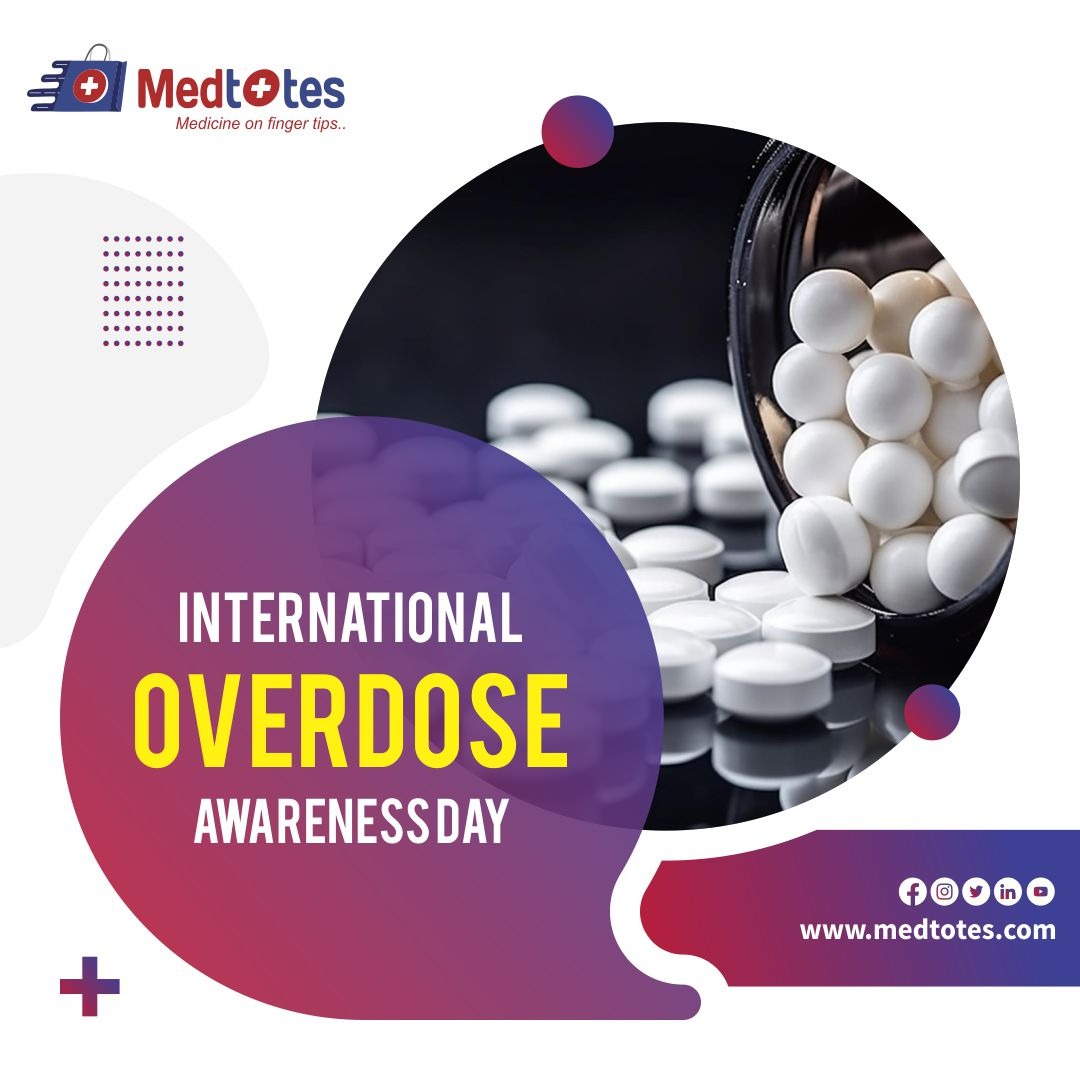I. INTRODUCTION
International Overdose Awareness Day is a global event held on August 31st each year. Its goal is to improve overdose awareness, decrease the stigma associated with drug related fatalities, and push for better prevention and response techniques. This day allows people, communities, and organizations to join together to mourn those who have died as a result of an overdose and to help those who are presently battling with addiction.
II. INTERNATIONAL OVERDOSE AWARENESS DAY
International overdose awareness is used to educate the public about the hazards of drug overdose and the significance of early intervention. It seeks to empower individuals and communities to take action, whether via policy advocacy, support for harm reduction initiatives, or provision of resources and assistance to those afflicted by addiction. International Overdose Awareness Day aims to promote a more compassionate and understanding society by increasing awareness and encouraging open discourse about addiction as a health issue rather than a moral failing. We can work together to create a world where no one dies as a result of an avoidable overdose.
III. GLOBAL OVERDOSE STATISTICS
Drug overdose is a global public health issue, with over 585,000 deaths in 2017. Opioids are the most common substance involved, with North America being heavily affected. Other drugs like benzodiazepines, cocaine, and amphetamines also contribute to the global overdose burden. Understanding these substances is crucial for developing effective prevention and treatment strategies. Addressing underlying factors like social and economic disparities, mental health issues, and healthcare access is also essential to tackling the global overdose crisis.
IV. STRATEGIES FOR OVERDOSE PREVENTION
- Implementing evidence based prescribing practices to reduce the availability of opioids.
- Enhancing surveillance systems to better track and respond to overdose trends.
- Promoting safe storage and disposal of prescription medications.
- Collaborating with law enforcement agencies to target illicit drug markets.
- Integrating substance use disorder treatment into primary healthcare settings.
- Providing support and resources for individuals at risk for overdose and their loved ones.
V. CONCLUSION
Healthcare providers and policymakers must implement evidence based prescribing practices to reduce opioid availability. Enhancing surveillance systems, promoting safe storage and disposal of prescription medications, and collaborating with law enforcement can help target illicit drug markets. Integrating substance use disorder treatment into primary healthcare settings is crucial for comprehensive care. Supporting individuals at risk for overdose and their loved ones can also help prevent and respond to opioid related emergencies.

